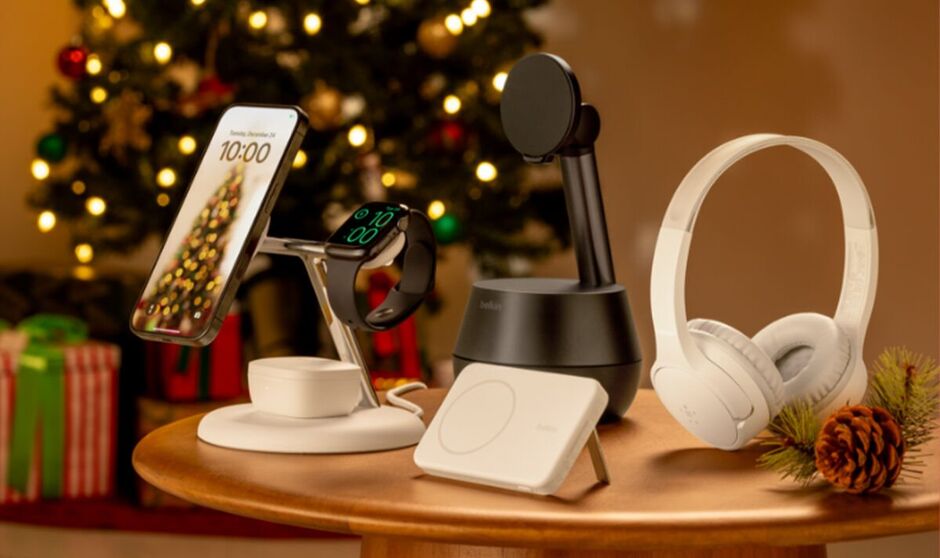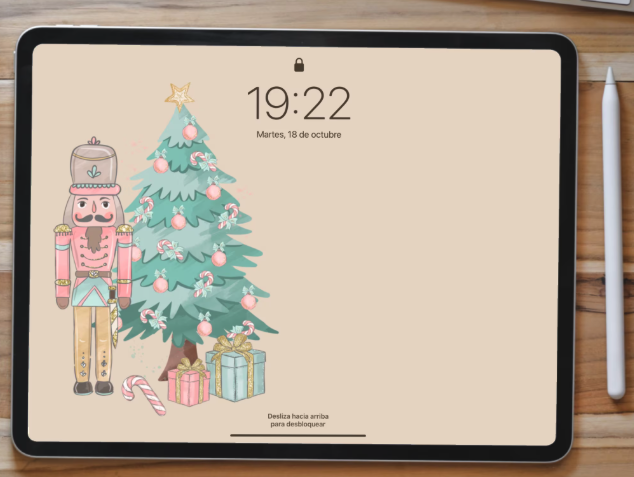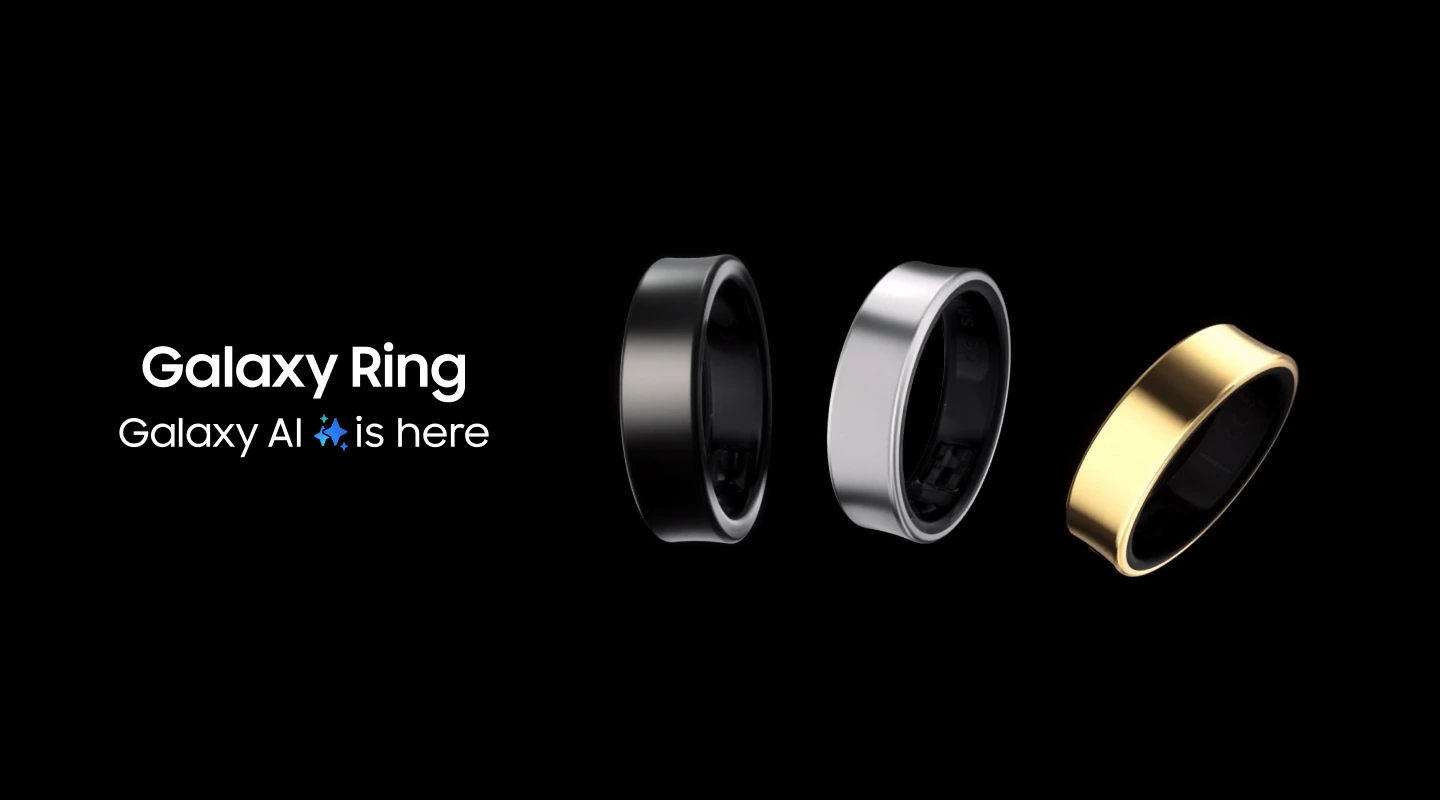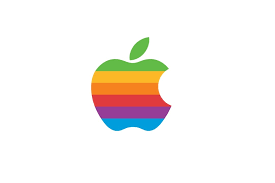
Since its groundbreaking debut in 2007, the iPhone has revolutionised the smartphone industry, setting new standards for design, functionality, and user experience. With each successive generation, Apple has introduced innovative features and improvements that have kept the iPhone at the forefront of mobile technology. From the original iPhone's multi-touch screen and intuitive interface to the latest models' advanced cameras, powerful processors, and 5G capabilities, the iPhone has continuously evolved to meet the changing needs and desires of consumers.
Whether you're a long-time iPhone user or simply curious about the device's evolution, this comprehensive timeline will provide valuable insights into one of the most influential products of the 21st century.
iPhone Release Date Table:
| iPhone Model | Release Date |
|---|---|
| iPhone | 29th June 2007 |
| iPhone 3G | 11th July 2008 |
| iPhone 3GS | 19h June 2009 |
| iPhone 4 | 24th June 2010 |
| iPhone 4S | 14th October 2011 |
| iPhone 5 | 21st September 2012 |
| iPhone 5s & 5c | 20th September 2013 |
| iPhone 6 & 6 Plus | 19th September 2014 |
| iPhone 6s & 6s Plus | 25th September 2015 |
| iPhone SE (1st Gen) | 31st March 2016 |
| iPhone 7 & 7 Plus | 16th September 2016 |
| iPhone 8 & 8 Plus | 22nd September 2017 |
| iPhone X | 3rd November 2017 |
| iPhone XS & XS Max | 21st September 2018 |
| iPhone XR | 26th October 2018 |
| iPhone 11, 11 Pro, & 11 Pro Max | 20th September 2019 |
| iPhone SE (2nd Gen) | 24th April 2020 |
| iPhone 12 & 12 Pro | 23rd October 2020 |
| iPhone 12 Mini & 12 Pro Max | 13th November 2020 |
| iPhone 13, 13 Mini, 13 Pro, & 13 Pro Max | 24th September 2021 |
| iPhone SE (3rd Gen) | 18th March 2022 |
| iPhone 14, 14 Pro, & 14 Pro Max | 16th September 2022 |
| iPhone 14 Plus | 7th October 2022 |
| iPhone 15, 15 Plus, 15 Pro, & 15 Pro Max | 15th September 2023 |
| iPhone 16, 16 Plus, 16 Pro, & 16 Pro Max | 20th September 2024 |
iPhone Timeline:
iPhone (2007):
- Original model, introduced multi-touch screen and iOS (then named iPhone OS).
- The original iPhone revolutionised the smartphone industry with its innovative multi-touch screen and user-friendly interface, setting the foundation for future smartphones.
iPhone 3G (2008):
- Added 3G connectivity, GPS, and the App Store.
- 3G connectivity enabled faster internet speeds, while GPS and the App Store expanded the iPhone's capabilities and customisation options, making it more versatile and appealing to a wider audience.
iPhone 3GS (2009):
- Improved performance, introduced video recording, and voice control.
- Significance: Enhanced performance and the addition of video recording and voice control made the iPhone more powerful and user-friendly, catering to the growing demand for mobile multimedia and hands-free functionality.
iPhone 4 (2010):
- New design, Retina display, FaceTime, and multitasking.
- The iPhone 4's sleek design, high-resolution Retina display, and the introduction of FaceTime video calling and multitasking capabilities set new standards for smartphone design and functionality.
iPhone 4S (2011):
- Introduced Siri, improved camera, and dual-core A5 chip.
- Siri, the virtual assistant, made the iPhone more intuitive and accessible, while the improved camera and powerful A5 chip enhanced its multimedia capabilities and overall performance.
iPhone 5 (2012):
- Larger 4-inch screen, LTE support, and Lightning connector.
- The larger screen provided a better viewing experience, while LTE support enabled faster internet speeds. The Lightning connector introduced a more compact and reversible charging and data transfer solution.
iPhone 5s (2013):
- Introduced Touch ID, 64-bit A7 chip, and dual-LED flash.
- Touch ID brought a new level of security and convenience, while the 64-bit A7 chip significantly improved performance. The dual-LED flash enhanced low-light photography.
iPhone 5c (2013):
- Colourful plastic chassis, similar specs to iPhone 5.
- The iPhone 5c offered a more affordable and vibrant option, appealing to a wider range of consumers and expanding Apple's market reach.
iPhone 6 and 6 Plus (2014):
- Larger 4.7-inch and 5.5-inch displays, A8 chip, and NFC for Apple Pay.
- The larger displays catered to the growing demand for bigger screens, while the A8 chip improved performance. The introduction of NFC and Apple Pay revolutionised mobile payments.
iPhone 6s and 6s Plus (2015):
- Introduced 3D Touch, 12MP camera, and 4K video recording.
- 3D Touch added a new dimension to user interaction, enabling pressure-sensitive features. The improved camera and 4K video recording elevated the iPhone's multimedia capabilities.
iPhone SE (1st generation, 2016):
- Compact 4-inch design, A9 chip, and 12MP camera.
- The iPhone SE catered to users who preferred a smaller form factor while offering powerful performance and advanced camera features.
iPhone 7 and 7 Plus (2016):
- Water resistance, dual-camera system (7 Plus), and no headphone jack.
- Water resistance improved durability, while the dual-camera system (on the 7 Plus) introduced advanced photography features like Portrait mode. The removal of the headphone jack sparked controversy but paved the way for wireless audio.
iPhone 8 and 8 Plus (2017):
- Glass back design, A11 Bionic chip, and wireless charging.
- The glass back design enabled wireless charging, while the A11 Bionic chip delivered exceptional performance and laid the foundation for advanced features like augmented reality.
iPhone X (2017):
- All-screen design, Face ID, and OLED display.
- The iPhone X marked a significant design shift with its all-screen front and the introduction of Face ID facial recognition technology, setting a new standard for smartphone design and security.
iPhone XS, XS Max, and XR (2018):
- A12 Bionic chip, improved cameras, and Dual-SIM support.
- The A12 Bionic chip further enhanced performance and efficiency, while camera improvements and Dual-SIM support expanded the iPhone's capabilities and global appeal.
iPhone 11, 11 Pro, and 11 Pro Max (2019):
- Ultra Wide camera, Night mode, and A13 Bionic chip.
- The introduction of the Ultra Wide camera and Night mode significantly improved photography versatility and low-light performance, while the A13 Bionic chip boosted overall performance.
iPhone SE (2nd generation, 2020):
- A13 Bionic chip, 4.7-inch Retina HD display, and Touch ID.
- The 2nd generation iPhone SE combined powerful performance (A13 chip) with an affordable price point, making advanced features more accessible to a wider audience.
iPhone 12, 12 mini, 12 Pro, and 12 Pro Max (2020):
- 5G support, A14 Bionic chip, and MagSafe.
- 5G support enabled faster network speeds, while the A14 Bionic chip further improved performance. MagSafe introduced a new ecosystem of magnetic accessories.
iPhone 13, 13 mini, 13 Pro, and 13 Pro Max (2021):
- A15 Bionic chip, ProMotion display (Pro models), and Cinematic mode.
- The A15 Bionic chip provided even better performance, while ProMotion displays (on Pro models) offered smoother visuals. Cinematic mode introduced professional-level video features.
iPhone 14, 14 Plus, 14 Pro, and 14 Pro Max (2022):
- Crash Detection, Emergency SOS via satellite (not available in all regions), and Dynamic Island (Pro models).
- Crash Detection and Emergency SOS via satellite improved user safety, while the Dynamic Island (on Pro models) introduced a new way of interacting with notifications and controls.
iPhone SE (3rd generation, 2022):
- A15 Bionic chip, 5G support, and improved camera.
- The 3rd generation iPhone SE brought 5G connectivity and the powerful A15 chip to a more affordable device, further expanding access to advanced features.
iPhone 15, 15 Pro, 15 Pro Max (2023):
- USB-C port in place of Lightning
- A significant move for Apple, the replacement of the proprietary Lightning port paves the way for a much easier charging experience and opens up the ability to use previously incompatible accessories the through USB-C port.
iPhone 16, 16 Plus, 16 Pro, & 16 Pro Max (2024):
- A18 Chip
- Action Button
- Improved battery life
- Dedicated camera button
The iPhone 16 series introduces an upgraded A18 chip for faster performance, a customisable Action Button for streamlined interactions, improved battery life, and a dedicated camera button for quick access to capturing moments. The new phones have been designed from the "ground up", with Apple Intelligence at the core, making this the most technologically advanced iPhone ever, according to Apple.
A remarkable 16 years
The iPhone's evolution over the past 16 years has been nothing short of remarkable. From its humble beginnings as a revolutionary device that combined a phone, iPod, and internet communicator, the iPhone has grown into a powerful, feature-packed smartphone that has transformed the way we live, work, and interact with technology.
As Apple continues to innovate and push the boundaries of what's possible with each new iPhone generation, it's clear that the device will remain a driving force in the smartphone industry for years to come. Whether you're a die-hard iPhone fan or simply appreciate the impact it has had on modern technology, there's no denying the significance of this incredible device and its journey from a ground-breaking idea to a global phenomenon.
Refurbished iPhones
At Envirofone we stock a wide range of iPhones that have been quality-checked and refurbished by our expert technicians on-site at our 102,181 ft² facility in Staffordshire. We give all our phones a 12-month warranty for your peace of mind.
To find your perfect iPhone at a fraction of the cost buying new, take a look at our refurbished iPhones selection.




